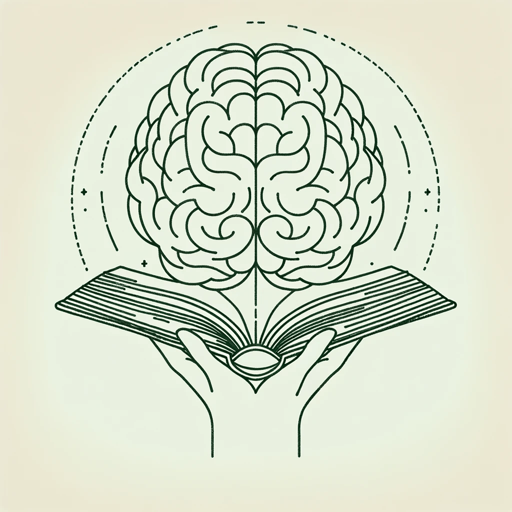60 pages • 2 hours read
C. G. JungMan and His Symbols
Nonfiction | Book | Adult | Published in 1964A modern alternative to SparkNotes and CliffsNotes, SuperSummary offers high-quality Study Guides with detailed chapter summaries and analysis of major themes, characters, and more.
IntroductionChapter Summaries & Analyses
Introduction Summary and Analysis
The introduction to Man and His Symbols is written by John Freeman, who interviewed Carl Jung in the later years of his life. The interview was televised, offering Jung a much wider audience than he had previously. After the interview, Jung received many letters from people who would not normally be interested in psychology or philosophy. Jung was inspired and had a dream in which he was standing in front of a crowd of people, spreading his ideas and being understood. He then agreed to write the book after much previous reluctance. Jung died in 1961 and spent the final months of his life working on Man and His Symbols. He wrote the “keystone chapter” (7) “Approaching the Unconscious,” and others were written by his colleagues.
Freeman explains that the book contains Jung’s most pivotal ideas which all relate to his concept of the unconscious. Jung believed that the unconscious communicates through symbols, and this language permeates dreams. Thus, dreams are a window into human beings and the deepest parts of their minds. Freeman refers to Jung’s perspective on dreams as the “direct, meaningful, and personal communication to the dreamer” (9).


